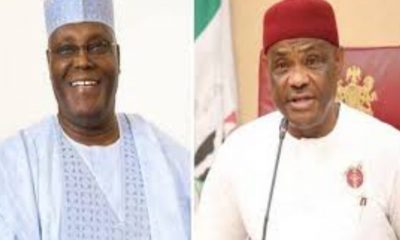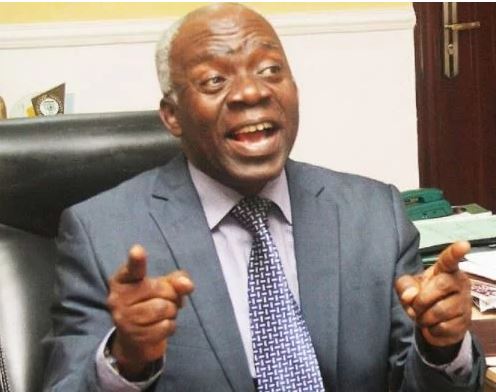News
Inequality and the Dignity of Man: Amaechi’s UNN Convocation Lecture, a Masterpiece – Eze
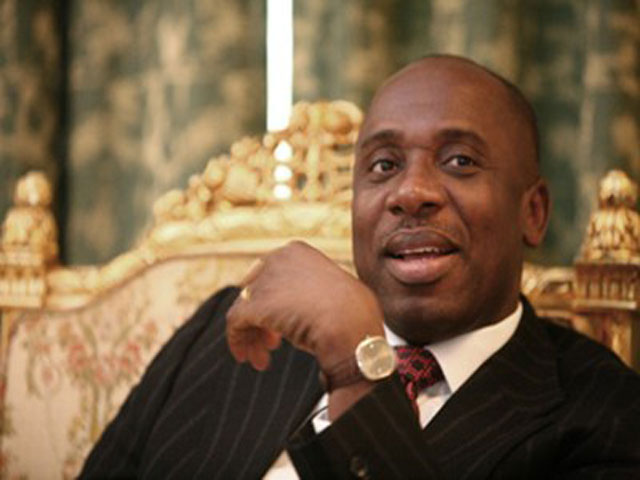
The warmth reception and joyful glee that greeted the arrival of the former Rivers Governor and Transportation Minister, Rt. Hon. Chibuike Amaechi, to the University of Nigeria (UNN), was awesome.
The former NGF Chairman had gone to UNN to honor the institution’s invitation as a Keynote Speaker for the Convocation Lecture titled: Inequality and the Dignity of Man. The Lecture is part of activities marking the university’s Convocation Ceremony for the year 2021 and was delivered by the Minister on Saturday, 12 June, 2021.
Commenting on the choice topic of the Convocation Lecture and its importance on a class-conscious society especially, the Nigerian system that is deeply enmeshed in the messy waters of polity and stratagem, chieftain of the All Progressives Congress and erstwhile National Publicity Secretary of the defunct New People’s Democratic Party (nPDP), Chief Eze Chukwuemeka Eze said one of the key platforms on which the APC rode to power is the promise of tackling poverty which is endemic countrywide and that concern has remained a centerpiece of the Buhari administration given the impressive results his economic programs have continued to churn out.
In a statement made available to media houses in Port Harcourt, Chief Eze said since the country’s return to democracy in 1999, successive governments have made commitments through policies and programs to end extreme poverty among the Nigerian populace, but almost always, such efforts yielded very little or no results with billions of taxpayers monies swindled in the process.
The genuine determination of the current government, Eze said, has however ushered-in a departure from the regime of failed serial attempts in the past to addressing the concerns of poverty with some laudable innovative schemes targeted at impacting the livelihoods of the country’s poor and consequently growing the economy in the long run.
A peep into the lecture delivered by the Transportation Minister, Rt. Hon. Amaechi, would apparently reveal the definitive measures adopted by the Buhari/APC government to shrink the big vacuum of Inequality in the social strata.
“…Poverty is an issue about which I do not need to be lectured by anyone” Amaechi said, having spent his early years in Diobu, an urban slum in the city of Port Harcourt.
Expressing his conviction that the scourge of increasing poverty and massive inequality calls for urgent measures, Amaechi said conquering extreme poverty is a prerequisite for the journey to greatness, stressing that poverty significantly accounts for a chunk of the problems facing the most populous black nation, Nigeria and fighting the trend remains one of the first steps in fostering national unity and cohesion.
“…Left alone in their present poor and hopeless state, people will tear each other apart and feed on each other’s entrails in the endless war over nothing in particular” the Minister added.
He said upon assumption of office, President Mohammadu Buhari identified poverty and inequality as part of the clogs on the wheel of national development and thus, committed himself and resources to lifting at least 10 million Nigerians from abject poverty through various social welfare programs such as Direct Cash Transfer Schemes which encompasses several other sub-schemes, micro-credit Trader Money, the School Feeding Programme, the Small to Media Enterprises credit scheme, the Anchor Borrowers Scheme etc. Amaechi is optimistic that the various economic intervention programs of the Buhari administration will significantly deal a big blow on poverty and its attendant inequality.
Recognizing the efforts of previous administrations in fighting poverty Amaechi said the establishment of institutions such as Rural Banking and Rural Branch Network, Directorate if Employment, Mass Transit Programme, Directorate for Roads and Rural Infrastructure etc, were targeted at poverty alleviation.
He however expressed disappointment that the efforts notwithstanding, “the burden of poverty continues to weigh heavily on the nation” likely because the schemes were ill-planned or the resources committed to them are insufficient to yield any significant gain.
Furthermore, Amaechi said the menace of poverty and the fight against it is not peculiar to Nigeria, noting that countries such as China, India, Brazil, Singapore, etc were third world countries with similar challenge as Nigeria, but succeeded in confronting poverty with very inspiring and remarkable results.
Below is an excerpt from the Minister’s speech on the stories of China, India and Brazil and the strategies they adopted in defeating corruption:
China:
The achievement of the Chinese in poverty reduction has been equated with a modern day miracle. According to the World Bank, a total of 850 million people have been lifted out of poverty in China in the last 20 years. The poverty rate fell from 88% in 1981 to 0.7% in 2015. This is poverty as measured by the percentage of people living on $1.90 or less per day by 2011 purchasing power parity terms. This translates into an average poverty reduction rate of 42 million people per annum. In total, the Chinese have reduced their poverty rate by over 60% of the population in 20 years.
The achievement corresponded with a period of sustained economic growth. It adopted the strategy of focusing on the poorest people in the rural areas. It massively moved them from poor homes in the countryside to apartment blocks in urban areas. This is similar to the strategy adopted by the late Lee Kuan Yew, Prime Minister of Singapore, in tackling poverty among the slum dwellers of Singapore. This led to rapid urban renewal and the uplifting of the standards of hygiene and living among the former slum dwellers with a corresponding economic empowerment. They could now leverage the market value of their new apartment homes to raise capital for their enterprises and improvement of their living standards. By last year, the poverty rate among the Chinese had further declined to near zero.
The Chinese achieved this feat through a combination of measures and factors. The adoption of a market economy and increased economic activity have been key factors. This was joined by an increase in the banked population as well as improvements in the stock market and an astronomical growth in foreign investments in the Chinese economy.
Gigantic strides in technology especially Information Technology has energized this humongous population into a unified manufacturing hub and common market with its eyes set on the rest of the world. This is how an economic behemoth and the world’s second strongest economy was born. Therefore the kind of inequality that threatens national security and threatens the very existence of the nation does not exist in today’s China.
India:
According to UN reports, in 10 years (2006-2016) , India has lifted a record 273 million of its population out of poverty. This has been achieved through a series of rural development programmes targeted at poverty alleviation in the rural areas as a priority. By targeting the rural areas, the Indian strategy resembles the Chinese one in general but is distinct in being based on specific programmes. There are four basic schemes in the Indian mode.
First, there is the Rural Livelihood Mission(NRLM) which
guarantees the rural poor access to finance to increase household incomes, entitlement to rights, increased access to participation in the national economy through participating in banking and insurance services. It also incorporates participation in micro credit schemes for rural based small ventures.
Secondly, there is the Mahatma Ghandhi Rural Employment Guarantee Act 2005 which is designed to guarantee the livelihood of rural people. It is an employment guarantee scheme that assures individuals of a minimum of 100 days minimum wage employment. It is extended to rural families whose adult male members volunteer to do unskilled work in return for the guaranteed wage. It is an employment guarantee scheme tailored to ensure that the rural poor can loo forward to paid employment if need be.
Thirdly, there is the Rural Housing Guarantee Scheme designed to providing housing for all by the year 2022. It guarantees the rural poor access to permanent housing with electricity, LPG connections, pipe borne water and toilet facilities under an affordable mortgage arrangement that is both simple and affordable.
Finally, there is the Public Distribution System which aims to manage food distribution and reduce the scarcity of essential food items to rural dwellers at affordable prices. It is designed to address the problem of food insecurity in the rural areas.
This combination of policies and strategies has assured India of a modest poverty reduction rate of 13.65 million people per annum in the last twenty years. Of course India still has a huge poor population but it has laid down a framework for sustainable poverty reduction.
Brazil:
The poverty reduction strategy of Brazil is guided by a desire to improve the incomes of those at the bottom of the economic pyramid at a rate faster than those of people at the top and also faster than the rate of GDP growth. The result is that Brazil has been able in the last two decades to reduce both poverty and inequality simultaneously.
Between 2003 and 2009, 21 million people have escaped poverty. The Brazil National Institute of Applied Economic Research says that the country’s Poverty Incidence Rate declined from 35.8% to 21.4% between 2001 and 2009, a period during which the country’s Gini Index (which measures rate of inequality) dropped by 9%, the lowest since the 1970s.
Some major policy initiatives led to Brazil’s success in this regard.
First is the Bolsa Familia (Family Scholarship) which provides family income support for families whose per capita monthly income is less than $47. In return, families must ensure that they vaccinate their children, attend routine health programmes, and ensure they keep their children in school. Compliance with these requirements is what assures people of continued participation and benefit from the programme. This has helped in uplifting health standards as well as education participation among the poorest segments of the Brazilian population. This has been complemented by radical reforms in education that aim at expanding the level of education among less privileged Brazilians.”
Minister Amaechi opined that in fighting poverty, “government must confront inequality through conscious well thought, sustained and sustainable policies” informed by the realities of the Nigerian situation which he said remain “unique and peculiar”.
He said in overcoming frightening poverty and inequality, government policies must as a matter of fact be freed from an urban based focus. “The poorest urban Nigerian is many times better off than the most well off rural Nigerian. Therefore, we need to emulate the Chinese and Indian examples in focusing on the rural majority if we must end the increasing marginalization of our rural compatriots. Our current land title and tenure systems have continued to consign our rural land owners to peasant holders of acres of farmland without commercial value. We need to reform our land title system by removing encumbrances on rural land titles so that rural farmers can use such land to access credit from the banks and credit unions.”
“The digital revolution in the world offers us a unique opportunity to use technology to reduce poverty and inequality. Through the Apps on our cell phones, a psychological inequality has been attacked. We should now use those very Apps to transact business between the urban and the rural domains, to transfer funds, administer credit and fire aspirations.”
Amaechi emphasized the need for successive administrations to sustain the social welfare programs of the Buhari government to win the war against desperate poverty and manifest inequality.
-

 Society6 years ago
Society6 years agoHow Socialite, Drug Peddler Toyin Igbira Died
-

 Music5 years ago
Music5 years agoPolice Arrest Salawa Abeni’s Blackmailer
-
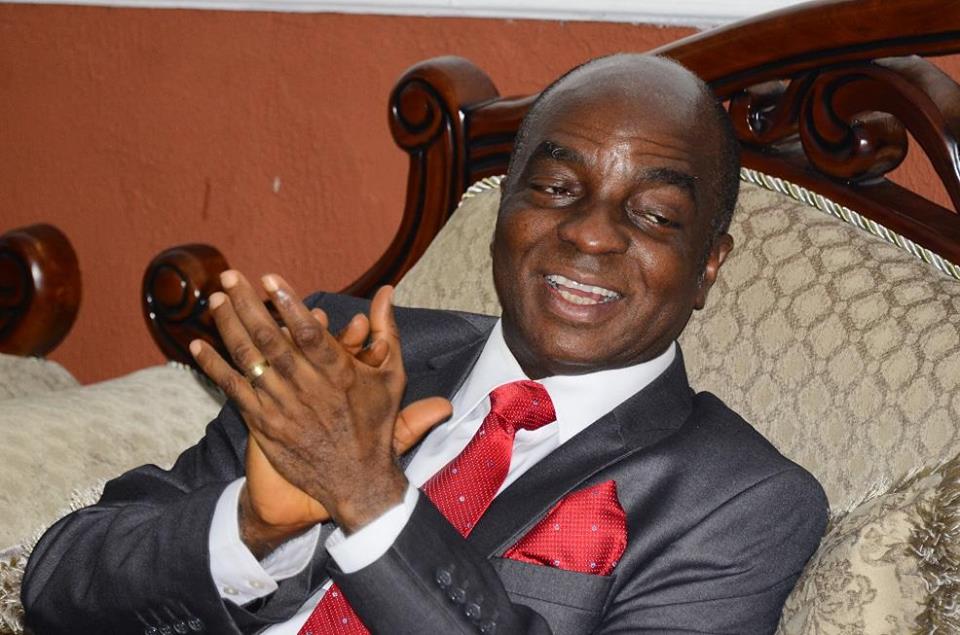
 Opinion5 years ago
Opinion5 years agoWhy I said Anyone Opposed To Church Opening Will Die-Oyedepo
-

 News6 years ago
News6 years agoSee Open Letter Written By Pastor To Adeboye, Kumuyi Others
-

 News5 years ago
News5 years agoNigerian Army Arrest Soldier For Attack On Chief Of Army Staff
-

 Live1 year ago
Live1 year agoBayelsa Election Live: Voting Begins In Earnest
-
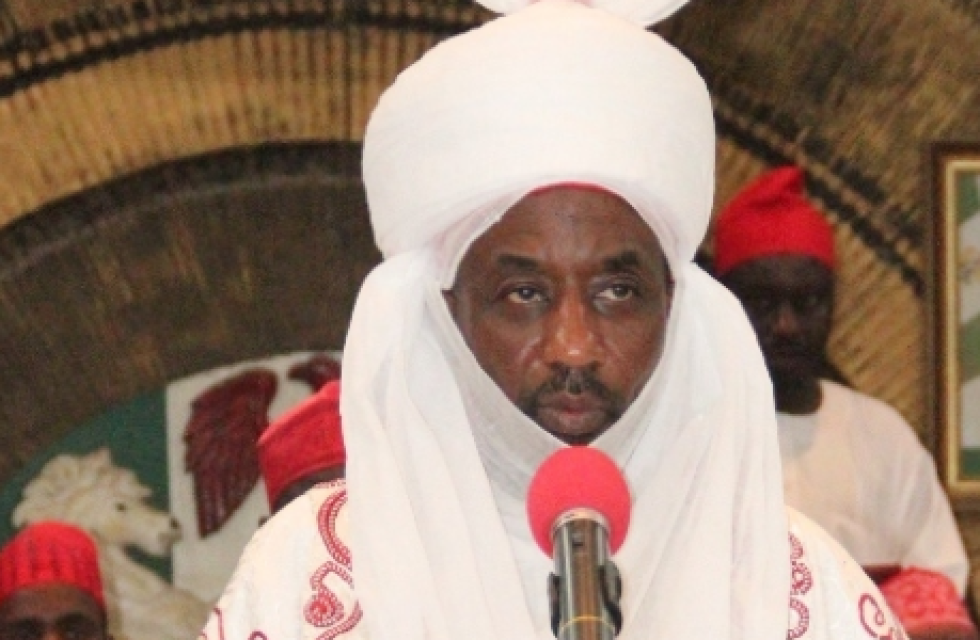
 Society5 years ago
Society5 years agoHappy Times Return For Sanusi Lamido Sanusi
-

 Live1 year ago
Live1 year agoPrimate Ayodele Launches Palliative Market, Sells Bags Of Rice, Beans, Others For Less Than N5,000




